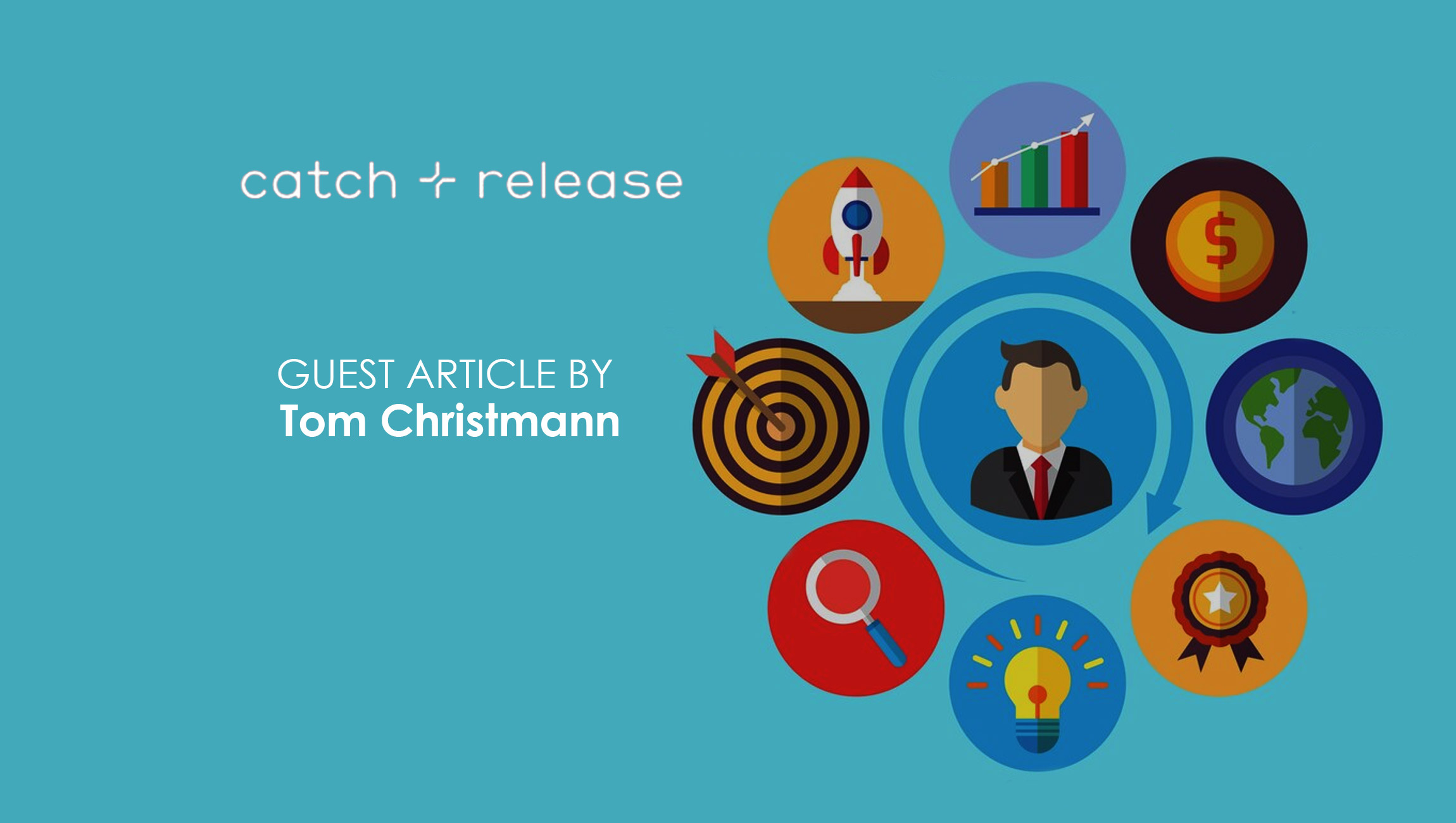Eric Sandberg, Managing Director at Dynata talks about modern digital ad processes and top pointers that B2B advertisers need to keep in mind to ensure better online ad ROI:
________
Welcome to this MarTech Series chat, Eric, tell us about yourself and more about your role at Dynata…
I have worked in the research industry my entire career. I started at IRI and then got an MBA from the University of Southern California. I joined Dynata in 2005 and have held a variety of roles. In 2013 I started the ad solutions group and today I am managing director of the group. The focus of the team is how to enable marketers to improve how they market to their target consumers.
When it comes to improving ad effectiveness in today’s online marketplace, what do you feel advertisers need to look into with more focus?
From the perspective of measurement to provide improved ROI, I think there are really two areas advertisers need to focus on either directly, or with their agencies.
The first is the quality of the data sources used because poor quality data leads to poor quality decisions. Some examples of this would be the quality of the signals used to understand who has and hasn’t been exposed, the safeguards used to ensure that you’re measuring people and bots or fraud, whether the methodology is rigorous and represents the best in class, and the transparency for all of these elements that your measurement partner provides. It’s a good rule of thumb to assume that if a vendor won’t share how they do something (or say it’s ‘proprietary), they probably have something to hide.
Second, focus on the completeness of the measurement. If your measurement doesn’t capture all, or at least the vast majority of your campaign’s publishers and channels, it’s hard to know what’s really going on and how your different delivery channels are performing.
How in your view is the future of digital advertising set to change with the recent innovations in AI and programmatic adtech?
Programmatic ad tech enables marketers to more quickly and easily target their media to their exact target segments. In the past clients would do targeting based on how an audience skewed toward a certain demo or use some form of behavioral targeting such as website visitation. Now there are tools that enable marketers to target their exact segment at scale on not just the computer and mobile devices but on the big screen in their living room through CTV and Addressable TV partners. AI and programmatic tools will open up the ability to do wide scale ad targeting to a very granular audience opening up the ability to customize the messaging at a scale not seen in the past.
If there were some top pointers you’d want to share with advertisers; what would they be?
– Audience Centric Approach: Understand your target audience deeply and develop buyer personas and tailor your message and targeting to the audience.
– Data-Driven Decision Making: There has never been more data available to you to assess campaign performance. Use all of it and more. These include creative testing, A/B testing, brand lift, audience validation, and conversion data. It is imperative that you holistically measure the full performance of the campaign and not just one or two publishers. Don’t rely on just the value added publisher research you get for free – they tend to be methodologically less sound than full measurement approaches. Be especially cautious of a publisher who wants to tell you how your ad performed on their own platform. As the saying goes you get what you pay for.
– Creative Matters: Ensure you are testing your creative with the same audience you are going to run your media against. Too often creative is either not tested at all or tested against a more niche audience than you are going to be targeting your media against.
– Multi-Channel Marketing: Ensure the different tactics in your media plan all work together to hit the broadest audience possible and the messaging is consistent and complimentary across all channels.
-People Based Measurement: While you are serving ads to devices, ultimately you are marketing to people. You need to measure people not devices to see if your message is effective.
– Attention: Simply putting an ad in front of a consumer doesn’t mean they are paying attention to your message. Leverage the attention metrics that are out there to better understand how much consumer are paying attention to your message and optimize to that.
Marketing Technology News: MarTech Interview with David Barnhardt, Head of Experience at Inbenta
Can you comment on the growing use of AI in this space and what measures advertisers should take to keep things ethical in this regard?
– Lack of Transparency: Hiding important information and using a black box approach is a big red flag. Advertisers should demand transparency from all of their partners as to where their ads are running and publishers who do not allow their media to be measured by a third party are ones you could really think twice about using.
-Ignoring Privacy Concerns: Ensure that any measurement firm you are using has a clear and transparent privacy policy. It isn’t just about getting consent from the consumer but ensuring that a consumer truly understand how their data is being used and what data are being collected.
-Allowing publishers to measure themselves in a silo: Third-party, independent measurement is essential and ideally it is across the full campaign.
-Go into market without testing your creatives: Spending a small amount of time and money to evaluate a creative you’ll be spending millions of dollars to run is always a wise investment.
-Using audiences for targeting that haven’t been evaluated: If you’re using a new audience for targeting, make sure the vendor can clearly articulate the anticipated value of that audience or run a test to ensure that it will be effective. Going big on a poorly understood audience can lead to wasted money.
Before we wrap up, take us through five must-dos you feel every B2B marketer and B2B advertiser needs to follow on a daily basis
Measure all the media you are running and review it regularly. You need to understand which media is giving you the best ROI.
Make sure your audience is who you think they are when you measure. Effective screeners, high quality panels, and effective veils to avoid over selection are critical
Don’t make assumptions: It’s easy to think you know an audience, but they consistently surprise you. Always test your hypotheses.
Make sure you are interpreting the data correctly. It’s sometimes tempting to see a campaign measurement where it does not seem that KPIs have moved and then look for “directional” interpretations of the data. Ignoring statistical significance can lead to ineffective campaign optimization efforts and poor ROI.
Know the KPIs you are looking to move and make sure your measurement plan is structured to measure those KPIs and you are checking on the performance regularly.
Marketing Technology News: The Future of Pharma Marketing: Navigating a Dynamic Landscape

Dynata is the world’s largest first-party data company for insights, activation and measurement. With a reach that encompasses nearly 70 million consumers and business professionals globally, and an extensive library of individual profile attributes collected through surveys, Dynata is the cornerstone for precise, trustworthy quality data.
Eric Sandberg, Managing Director leads the Global Ad Solutions practice at Dynata. He is responsible for setting the direction and strategy for their Ad Effectiveness and Audience Measurement solutions and leading all client engagements. Prior to Dynata Eric ran West Coast sales for Emsense a neuro science research firm. Earlier in his career Eric spent time in sales at e-Rewards and in client service for Circanta. Eric holds an MBA from University of Southern California and has been featured as a guest speaker at USC.
Missed The Latest Episode of The SalesStar Podcast? Have a quick listen here!
Episode 187: Building End-to-end Digital Campaigns that Boost ROI: with Curtis Tingle, EVP and CMO at Vericast
Episode 186 Using Email Signatures to Drive Marketing and Sales with Carol Howley, CMO at Exclaimer
Episode 185: Sales Improvements That Can Help B2B Teams Boost Growth with Jason Fitzgerald, SVP, Solution Network at OneStream Software











